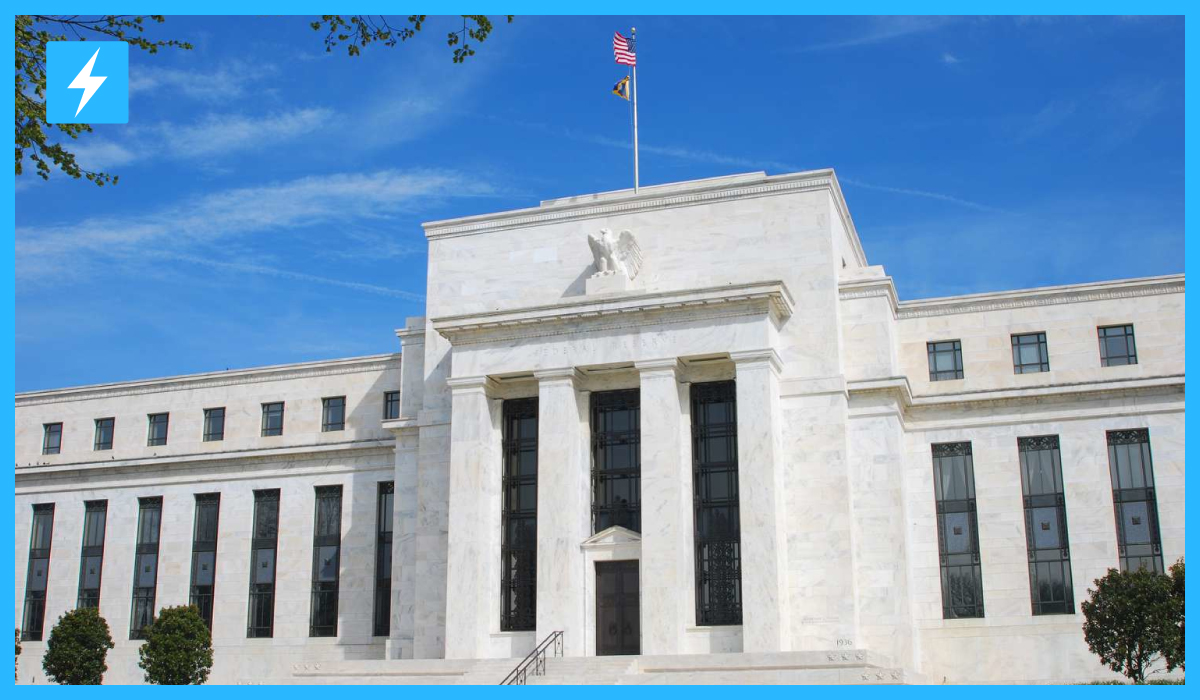Introduction: Rome Meeting Ushers in a Turning Point for Ukraine
US joins Coalition of the Willing in 2025, On that which is the 10th of July in 2025 a great milestone in international diplomacy and security took place as it was announced that the US had joined the Coalition of the Willing for the first time at a high level gathering in Rome.
This coalition which has come to mainly be run by the UK and France has put itself forward as a key player in the coordination of support for Ukraine in the midst of its conflict with Russia. Into this picture steps in US Special Envoy General Keith Kellogg and Senators Lindsey Graham and Richard Blumenthal which brought in a new age of transatlantic cooperation and which also put forth a renewed support for Ukraine’s sovereignty, security, and reconstruction.
Background: The Willing Coalition Explained
In 2025 the Coalition of the Willing which put together an agreement of support between like minded countries which have agreed to stand by Ukraine against what we see as Russian agression. That which the coalition stands for has two main goals:
- Support for Ukraine in their defense which includes military, economic, and political support.
- Pressure to end hostilities and push for productive talks which will bring about fair and permanent peace.
The coalition is made up of a wide range of countries in Europe and which go beyond it, with the UK and France in the primary role. We see that the coalition has held meetings in many capital cities which include Kyiv, Paris, London and now Rome which is a reflection of the group’s dynamic and inclusive approach.
The Rome Meeting: A Strategic Inflection Point
U.S. Participation Signals Renewed Commitment
General Keith Kellogg the well known military leader and Special Presidential Envoy and Senators Lindsey Graham (R-South Carolina) and Richard Blumenthal (D-Connecticut) which are at the front of the line for bipartisanship support of Ukraine in the U.S. Congress.
Their involvement was a turning point which showed Washington’s commitment to increase its engagement which had been in question recently due to U.S. policy issues. The U.S. team’s play brought to life a renewed sense of energy to the coalition’s talks in also which we see mainly in:
- The formation of a peacekeeping force to prevent further Russian aggression.
- The need to bring in President Vladimir Putin to talks.
- Designing out long term security guarantees and economic recovery plans for Ukraine.
Key Participants and Format of the Rome Meeting
At the Rome meeting we saw a large group of international leaders and officials.
- In-person: U.S. representatives, Italian authorities, Ukrainian President Volodymyr Zelenskyy.
- Virtual participation: British Prime Minister Keir Starmer and French President Emmanuel Macron as well as others participated via video which also presented the scale of the coalition’s reach.
In over 30 countries there was support which we note to be a large scale endorsement of the issue at hand — that is to support Ukraine and to stand for international law and sovereignty.
Main Topics and Outcomes from the Summit
1. Security and Defence Support
A major issue put forth was that of military and security support for Ukraine. We see a promise of at least €40 billion in military aid for 2025 which is to reinforce Ukraine’s which to defend against the Russian attacks which are ongoing. This support includes:
- Advanced anti missile and drone attack systems.
- Continuous flow of weapons, ammunition and intelligence sharing.
- Training and support for Ukrainian military.
2. Peace and Ceasefire Efforts
The coalition went over the issue of peacekeeping forces’ deployment, which included:
- Creating a peacekeeping force made up of Western soldiers that may in the end be deployed to Ukrainian soil to see to any future peace agreement.
- Pushing for a full and unconditional end to hostilities as a precept to talks with Russia.
While at present the issue of which European or U.S. troops will deploy to Ukraine is still up in the air the fact that the coalition is putting these measures on the table is a sign of how serious they are about their commitment.
3. Economic Revival and Reconstruction
Parallel at the time of security talks the Rome conference also looked at Ukraine’s long term reconstruction. European leaders along with private business and equity fund representatives called for immediate investment in Ukraine’s energy, infrastructure and industrial sectors which at the time were still in the midst of war. Noted issues were:
- Creating a coordinating agency for reconstruction projects.
- Identifying which energy, mining, metallurgy and transport projects to put first.
- Ensuring economic recovery is part of the peace and security equation.
The Role of U.S. Representatives at the Rome Summit
General Keith Kellogg’s Diplomatic Influence
General Kellogg as Special Envoy has taken on a complex role in formulating U.S. policy toward Ukraine. Known for his practical approach he has put forth a case for a diplomatic solution which at the same time preserves Ukraine’s sovereignty and which also takes into account the issues present in the theater of war. Also his role in Rome which saw him out to work very closely with European allies and put forth new ideas to the conflict.
Bipartisan Support from Senators Graham and Blumenthal
Their cross party efforts put out a strong message of support which goes to Ukraine and also the international community.
Challenges and Future Prospects for the Coalition
Despite that unity which was present in the coalition there are still large scale issues which present themselves.
- U.S. Political Uncertainty: The degree of U.S. involvement has gone up and down with admin policy. While it is good to see Kellogg, Graham, and Blumenthal in Rome we still question the U. which will be there over the long term.
- Russian Escalation: Russia has stepped up its attack on civilian targets in Ukraine which in turn is at large to international efforts to secure a lasting truce.
- Peacekeeping Controversies: The issue of foreign troops is a point of debate within the coalition which sees some members put forth the idea of peacekeeping forces made up of what they term neutral states like India and Turkey as opposed to which they see as military supportive countries like that of the West’s role with Ukraine.
Also the coalition’s resolve is strong. With the opening of a new headquarter in Paris and the going in to greater membership expansion we see the coalition’s growth in influence and adaptability.
✅ Conclusion: U.S. Reentry Revives Transatlantic Unity for Ukrain
The at large appearance of U.S. representatives at the Coalition of the Willing’s gathering in Rome is a turning point in the international reaction to the war in Ukraine. Through which it is putting forth military, economic, and diplomatic measures the coalition is out to deter more Russian aggression, support Ukraine’s defense and also recovery, and put in place the framework for a just and lasting peace. That which we see in General Kellogg and Senators Graham and Blumenthal’s participation is a validation of the value in bipartisan and transatlantic cooperation in which we see put forward what may be the preeminent security issue of the 20th century.
Visit for latest news: WhyTrends




